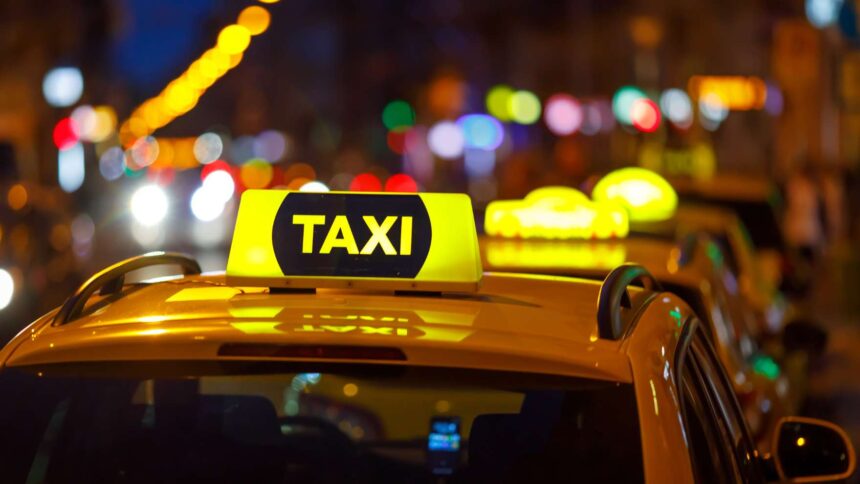(SQAUK) — A transportation revolution is quietly unfolding in the sprawling metropolis of Phoenix, Arizona. Waymo One, the autonomous ride-hailing service launched by Alphabet Inc.’s Waymo, is redefining the urban commute with its fleet of self-driving robot taxis. This groundbreaking initiative is reshaping how residents navigate their city and setting a precedent for the future of urban transportation worldwide.
With its wide streets, predictable weather, and progressive regulatory environment, Phoenix has become the perfect testing ground for Waymo One. Since its public debut in 2020, the service has steadily expanded, offering a glimpse into a future where self-driving cars are standard.
Waymo’s journey to this point has been anything but ordinary. The company’s roots trace back to Google’s self-driving car project, which began in 2009. Over a decade of rigorous testing, including more than 20 million miles driven on public roads and billions of miles in simulation, has culminated in the sophisticated technology powering Waymo One today.
Phoenix residents have enthusiastically embraced Waymo One. The service operates 24/7 across many metropolitan areas, offering a reliable and convenient alternative to traditional ride-hailing services and personal vehicles. Users can access Waymo via a simple smartphone app like Uber or Lyft. However, the ride that arrives is devoid of a human driver.
Instead, each Waymo vehicle has advanced sensors, including lidar, radar, and high-resolution cameras, enabling it to navigate complex urban environments precisely. The onboard artificial intelligence, continuously refined through machine learning, can handle various traffic scenarios, from congested downtown streets to suburban neighborhoods.
Safety is paramount in the operation of Waymo’s autonomous vehicles. The company has implemented multiple layers of redundancy in its systems to ensure the highest safety standards. For example, cars are designed to detect and respond to potential hazards with reaction times far quicker than human drivers. This capability significantly reduces the likelihood of accidents caused by human error, accounting for most traffic incidents.
Moreover, Waymo One’s fleet is meticulously maintained and monitored. Regular software updates ensure that the vehicles are equipped with the latest advancements in autonomous driving technology. When the AI encounters an unfamiliar situation, it can draw upon a vast database of real-world driving data to make informed decisions.
(Ad) Get the new book Hidden Axis: Forces Beyond the Visible World – Uncover the secrets they don’t want you to know. Dive into the truth about cosmic forces, government conspiracies, and humanity’s future.
For Phoenix residents like Sarah Johnson, a daily commuter from the suburbs to downtown, Waymo One has been a game-changer. “It’s incredible to think that just a few years ago, self-driving cars seemed like science fiction,” she says. “Now, I use a robo-taxi to get to work every day. It’s convenient, safe, and I can catch up on emails during the ride.”
The impact of Waymo One extends beyond convenience. By reducing the number of personal vehicles on the road, the service contributes to decreased traffic congestion and lower emissions. This shift is particularly significant in a city like Phoenix, known for its car-dependent culture and sprawling urban layout.
Despite its successes, Waymo One has faced its share of challenges. Some members of the public persist in skepticism about the safety and reliability of autonomous vehicles. High-profile incidents involving self-driving cars from various companies have fueled these concerns, prompting calls for stricter regulations.
Waymo has responded by actively engaging with the community and regulators. The company has hosted numerous public demonstrations and information sessions to educate residents about the technology. Additionally, Waymo works closely with local and federal authorities to ensure its operations meet rigorous safety standards.
As Waymo One continues to expand in Phoenix, the implications for the future of transportation are profound. The program’s success in this city could serve as a blueprint for other urban areas, paving the way for widespread adoption of autonomous vehicles. The potential benefits are vast, including increased safety, reduced traffic congestion, and enhanced mobility for individuals unable to drive.
Moreover, the data collected from Waymo One’s operations in Phoenix will be invaluable in refining and advancing autonomous driving technology. Each journey contributes to a growing repository of knowledge that will help improve the performance and safety of self-driving cars worldwide.
Waymo One’s robot-robot taxisoenix represents a milestone in the evolution of autonomous transportation. By seamlessly integrating cutting-edge technology with everyday urban life, Waymo is transforming how people move around and setting the stage for a future where self-driving cars are the norm rather than the exception.
As Phoenix residents continue to embrace this innovative mode of transportation, the rest of the world watches closely. Waymo One’s success here offers a promising glimpse into a future where the convenience, safety, and efficiency of autonomous vehicles are accessible to all. The future has already arrived in Phoenix, and it’s riding in a Waymo.



